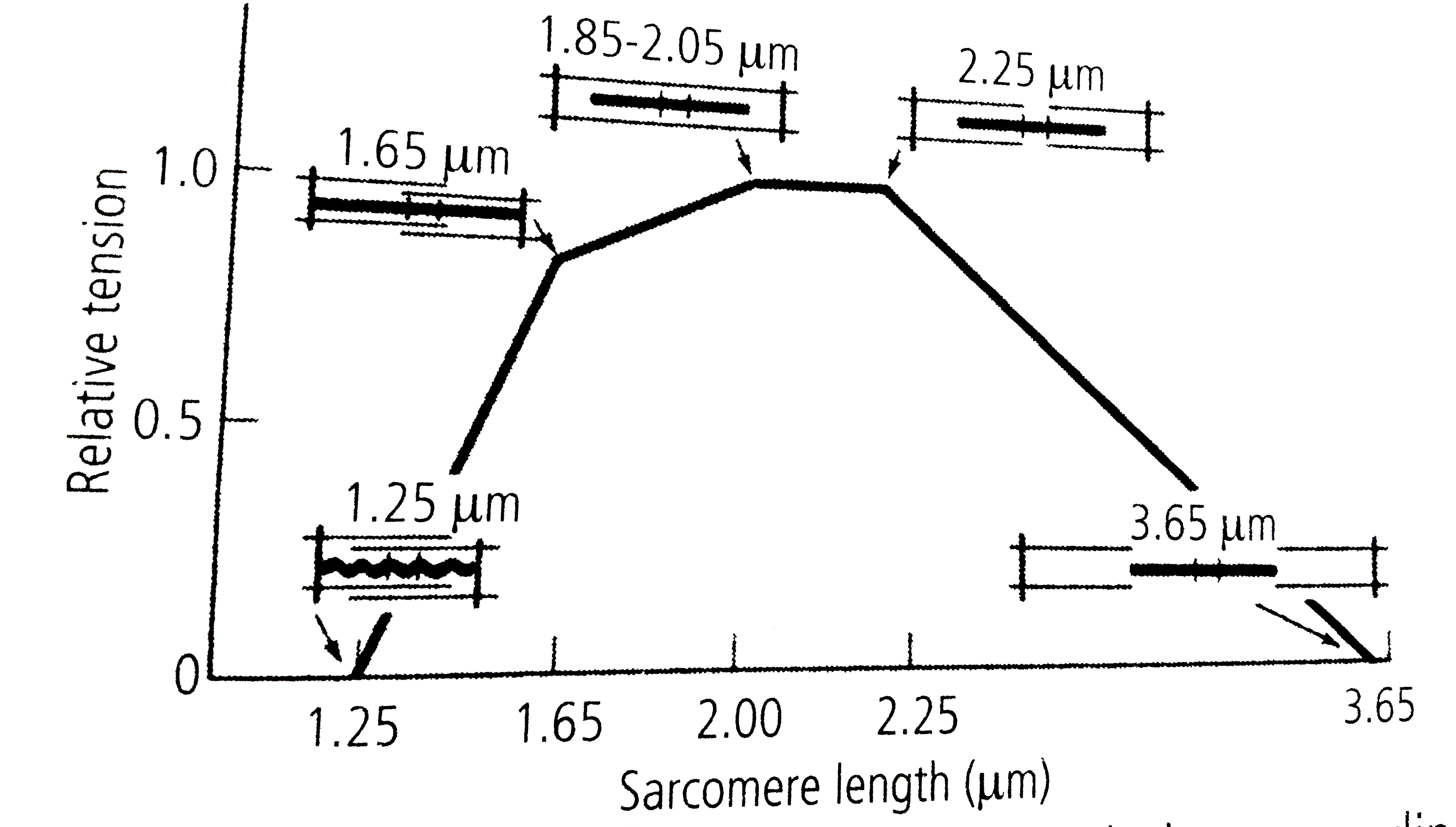Actin filaments depolymerise and repolymerise in motile cells with
0⋅2−2⋅3 millisecond
1⋅0−2⋅0 minutes
1-2 hours
2-3 days.
The correct Answer is:A
To answer the question regarding the time frame in which actin filaments depolymerize and repolymerize in motile cells, we can break down the solution into the following steps:
1. Understanding Actin Filaments:
- Actin filaments are essential components of the cytoskeleton in eukaryotic cells. They play a crucial role in cell movement and shape.
2. Process of Polymerization and Depolymerization:
- Actin can exist in two forms: monomeric (G-actin) and filamentous (F-actin). The process of polymerization involves the assembly of G-actin into F-actin, while depolymerization is the disassembly of F-actin back into G-actin.
3. Role of ATP:
- The polymerization of actin is coupled with the hydrolysis of ATP to ADP. This energy-dependent process is critical for muscle contraction and cell motility.
4. Time Frame for Depolymerization and Repolymerization:
- In motile cells, actin filaments undergo rapid cycles of depolymerization and repolymerization. The transcript indicates that this process occurs within a very short time frame.
5. Identifying the Correct Option:
- The options provided are:
- 0.2 to 2.3 milliseconds
- 1 to 2 minutes
- 1 to 2 hours
- 2 to 3 days
- Based on the information from the transcript, the correct time frame for actin filament dynamics is 0.2 to 2.3 milliseconds.
6. Conclusion:
- Therefore, the correct answer to the question is option number one: 0.2 to 2.3 milliseconds.
- Actin filaments are essential components of the cytoskeleton in eukaryotic cells. They play a crucial role in cell movement and shape.
- Actin can exist in two forms: monomeric (G-actin) and filamentous (F-actin). The process of polymerization involves the assembly of G-actin into F-actin, while depolymerization is the disassembly of F-actin back into G-actin.
- The polymerization of actin is coupled with the hydrolysis of ATP to ADP. This energy-dependent process is critical for muscle contraction and cell motility.
- In motile cells, actin filaments undergo rapid cycles of depolymerization and repolymerization. The transcript indicates that this process occurs within a very short time frame.
- The options provided are:
- 0.2 to 2.3 milliseconds
- 1 to 2 minutes
- 1 to 2 hours
- 2 to 3 days
- Based on the information from the transcript, the correct time frame for actin filament dynamics is 0.2 to 2.3 milliseconds.
- Therefore, the correct answer to the question is option number one: 0.2 to 2.3 milliseconds.
Topper's Solved these Questions
- LOCOMOTION AND MOVEMENTBOOK - DINESH PUBLICATION ENGLISHCHAPTER - LOCOMOTION AND MOVEMENTEXERCISE - CHECK YOUR GRASP
10 Videos
- LOCOMOTION AND MOVEMENTBOOK - DINESH PUBLICATION ENGLISHCHAPTER - LOCOMOTION AND MOVEMENTEXERCISE - CHECK YOUR GRASP
10 Videos
- LEAFBOOK - DINESH PUBLICATION ENGLISHCHAPTER - LEAFEXERCISE - CYG
10 Videos
- MAMMALIA [MAMMA - BREAST]BOOK - DINESH PUBLICATION ENGLISHCHAPTER - MAMMALIA [MAMMA - BREAST]EXERCISE - Brain Teasers - I
100 Videos
Similar Questions
Knowledge Check
Which of the following statements are correct regarding muscle proteins ?
(i) Actin is a thin filament and is mde up to two F-actin
(ii) The complex protein, tropomyosin is distributed at regular intervals on the troponin
(iii) Myosin is a thick filament which is also a polymerised protein.
(iv) The globular head of meromyosin consists of light meromyosin (LMM).Aii, iii and iv are correctBi and iii are correctCi, ii and iii are correctDi, ii and iv are correctThe given graph shows length-tension curve for a typical vertebrate sarcomere.

By analysing the graph, what can you deduce regarding the muscle contraction?
(i) Neither the myosin filaments nor the actin thin filaments change in length when a sarcomere shortens or is stretched. Instead, it is the extent of ocerlap between actin and myosin filaments that changes.
(ii) The total tension produced by a sarcomere is proportional to the total number of cross-bridges that can interact with actin filaments, and this number in turn is proportional to the amount of of overlap between thick and thin filaments.
(iii) The tension produced by the muscle is maximal when the overlap between thick and thin filamentss allows the largest number of myosin cross-bridges to bind to actin.
(iv) Tension drops off with increased lenght, because the thick and thin filaments overlap less and fewer cross-bridges can bind.
Tension drops off with decreased length, because thin filaments at the two ends of the secromere begin to collide with each other, preventing further shortening.A(i) OnlyB(i),(iii) and (iv)C(i),(iii),(iv) and (v)D(i),(ii),(iii),(iv) and (v)
Gametes are non-motile in :-
View SolutionAn elaborate network of filamentous proteinaceous structures present in the cytoplasm which helps in the maintenance of cell shape is called
View SolutionAssertion (A). In Spirogyra, some cells in one of the two filaments become empty after conjugation.
Reason (R ). The aplanogametes from the cells of the filaments pass through conjugation tubes into the cells of the other filaments.
(a) Both A and R are true and R is correct explanantion of A
(b) Both A and R are true and R is not correct explanation of A
(c) A is true but R is false
(d) A is false but R is true
View SolutionA filamentous green alga characterised by cap cells is
View SolutionAn elaborate network of filamentous proteinaceous structures present in the cytoplasm of an eukaryotic cell is called
View SolutionThe three dimensional network of protein filaments with in the cytoplasm of eukaryotic cell is called the :-
View Solution
